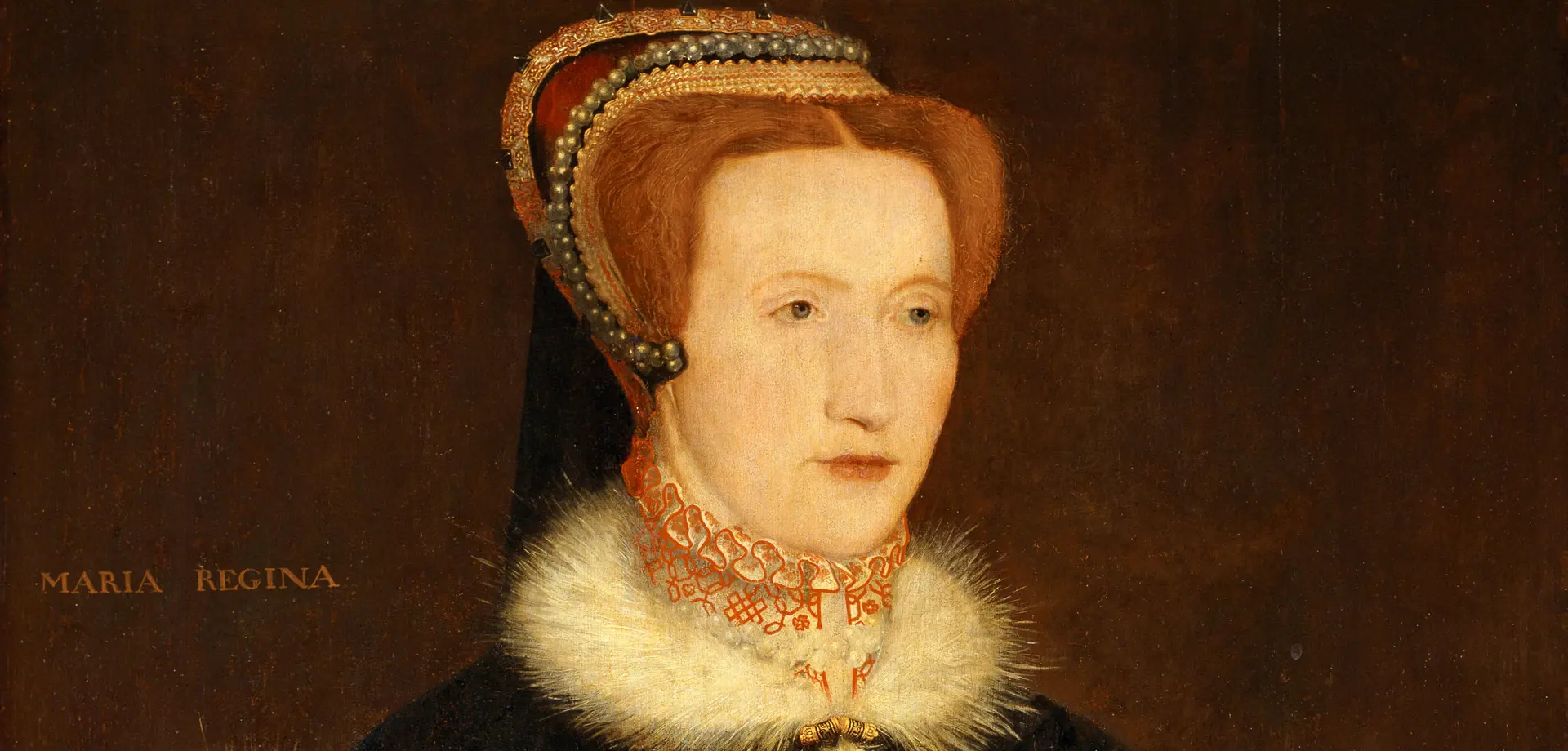The history of Chatsworth begins with Elizabeth Talbot, Countess of Shrewsbury, better known as Bess of Hardwick (circa 1521/22-1608).
A native of Derbyshire and from a modest background, she grew to become the second most powerful woman in Elizabethan England after the Queen. Bess married four times, and it was with her second husband, Sir William Cavendish (1501-1557), that the Cavendish line, which continues today, was established.
When Bess married Sir William, she persuaded him to sell the former monastic lands he had amassed and move to her home county. Despite its isolated location and the risk of flooding, they bought Chatsworth manor for £600 in 1549, and in 1552 began to build the first house on the site. The Hunting Tower, built in the 1580s, still stands on the hill above Chatsworth.
After Sir William died in 1557, Bess married Sir William St. Loe (d.1565) and lastly, in 1567, George Talbot, 6th Earl of Shrewsbury (c.1522-90). Queen Elizabeth I appointed Shrewsbury as custodian of Mary, Queen of Scots, who was a prisoner at Chatsworth at various times between 1569 and 1584. Her lodgings were on the east side of the house where the rooms, although changed beyond recognition, are still called the Queen of Scots Apartments.
Bess also built Hardwick Hall, her surviving masterpiece. One of the greatest houses of the Elizabethan age, it has a unique collection of 16th and 17th-century embroideries, tapestries and furniture. It belonged to the Cavendish family until 1957, when it was given to the government in-lieu of death duties, and is now a National Trust property.
In 1590, Bess purchased an area within Derby Cathedral to build a crypt to house her remains and those of her descendants. Bess died in 1608 and an elaborate tomb in the Church, styled to her own design, commemorates her life.
In 1601, Bess ordered an inventory of the contents of each of her houses. In her will, she bequeathed the old and new halls at Hardwick, plus their contents, and the contents of Chatsworth House to her second son William Cavendish and his male heirs. Her eldest son, Henry Cavendish, was to inherit Chatsworth House, however, he later sold it to William.
1. Hardwick Hall, built by architect Robert Smythson for Bess of Hardwick between 1590 and 1597.
2. Bess of Hardwick's will (in the Devonshire Collection)
3. Bess of Harwick's tomb at Derby Cathedral



